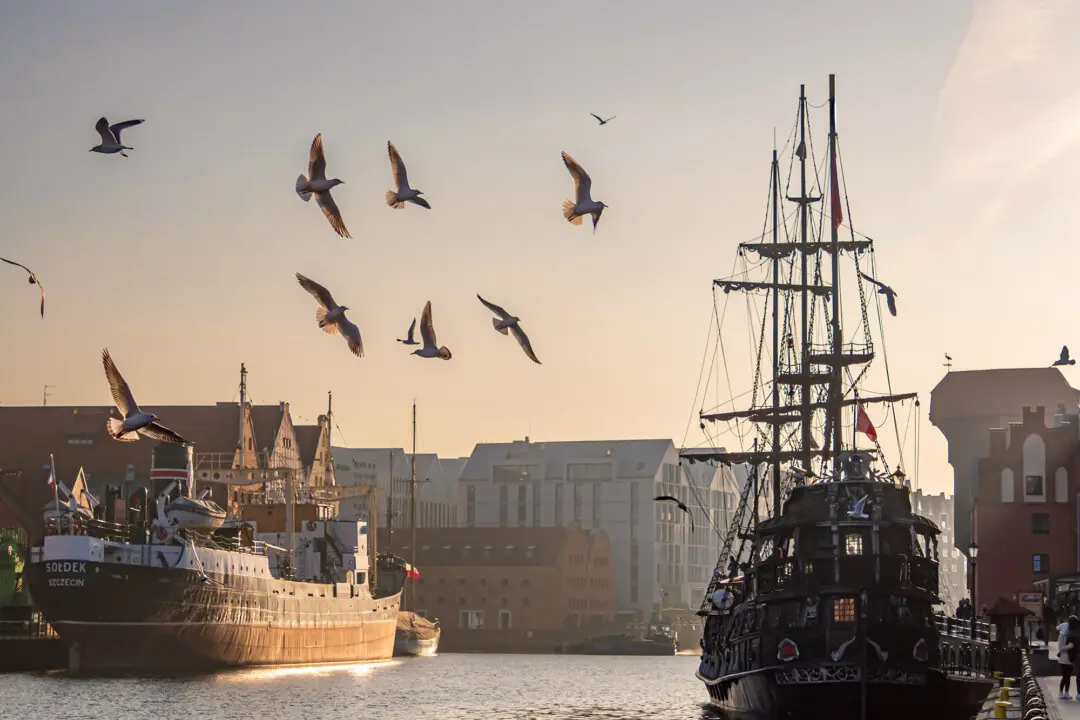It shouldn’t have been a surprise, really, in a destination prized, in winter, for its hurly-burly, wavy and windy weather. Just before boarding a small plane from Vancouver, airline staff announced a “weather advisory”—noting that we would make the short hop over the Salish Sea, to the wild west coast of Vancouver Island, but everyone should be aware that prospects for landing were, well, up in the air.
“If the ceiling is too low,” the woman at the counter announced, “We will have to turn around and come all the way back here.”





